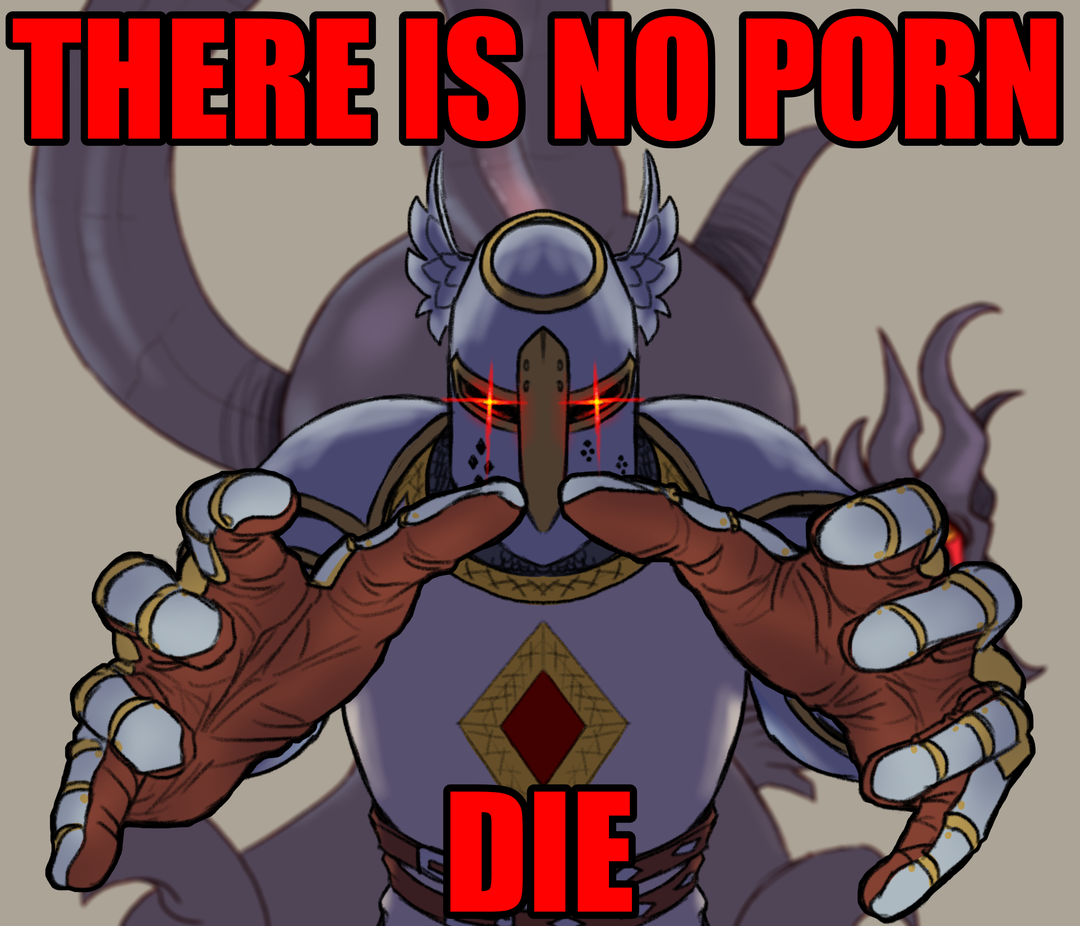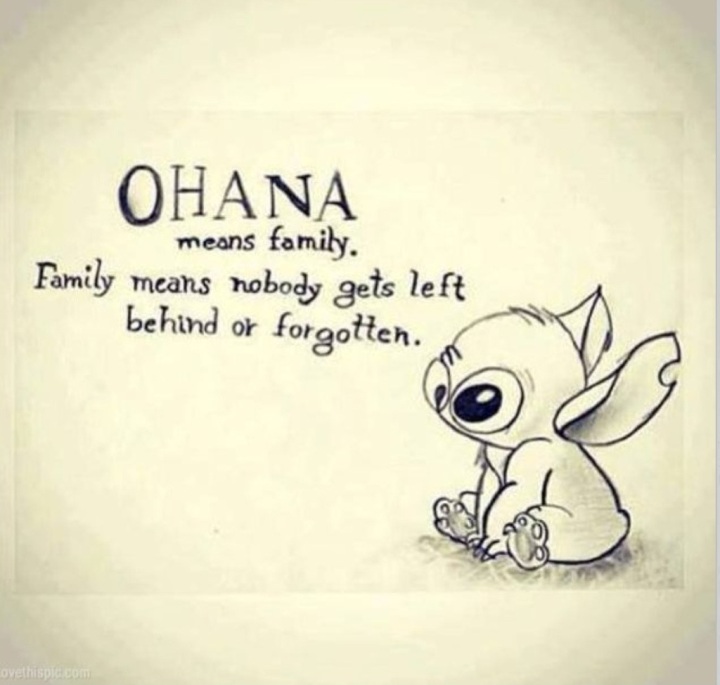This man is now qualified to be Trump’s Surgeon General
Seconded by RFKjr.
how meta… a therapist who is also the rapist
The world’s second Analrapist?
The headline screams, “not the onion!” but the story makes you pissed off that such despicable degenerates walk amongst you everday.
Is it bad that this isn’t even the worst therapist I’ve heard about that is from Utah?
The Salt Lake Tribune examined Talbot’s licensure and found that even after his firing, his license remains active on state websites and no disciplinary actions are attached to his name.
Talbot has been accused of inappropriate conduct with clients before this incident. Similar allegations to the current ones were made against him in 2020 but by underage girls at a residential mental health facility, according to Provo police.
Mmhmm. And…
In a probable cause statement, investigators noted that Talbot did not deny any of the allegations levied against him.
Talbot’s attorneys have denied the allegations.
Mmhmm
Whoever managed licensing in 2020 should be questioned if nothing is on his record and this happens again.
The entire human licensing department is corrupt they are not going to the desert to check on the kids in these wilderness programs to remote you need to hike to each individual group which would take multiple days.
There’s some fairly weird shit that happens on the grounds of therapy.
https://en.wikipedia.org/wiki/Attachment_therapy
Attachment therapy (also called “the Evergreen model”, “holding time”, “rage-reduction”, “compression therapy”, “rebirthing”, “corrective attachment therapy”, “coercive restraint therapy”, and “holding therapy”[1]) is a pseudoscientific mental health intervention intended to treat attachment disorders in children.[2] During the height of its popularity, the practice was found primarily in the United States; much of it was centered in about a dozen locations in Evergreen, Colorado, where Foster Cline, one of its founders, established a clinic in the 1970s.[3]
The practice has resulted in adverse outcomes for children, including at least six documented child fatalities.[4] Since the 1990s, there have been a number of prosecutions for deaths or serious maltreatment of children at the hands of “holding therapists” or parents following their instructions. Two of the most well-known cases are those of Candace Newmaker in 2000 and the Gravelles in 2003. Following the associated publicity, some advocates of attachment therapy began to alter views and practices to be less potentially dangerous to children. This change may have been hastened by the publication of a task force report on the subject in January 2006, commissioned by the American Professional Society on the Abuse of Children (APSAC), which was largely critical of attachment therapy.[1] In April 2007, ATTACH, an organization originally set up by attachment-based therapists, formally adopted a white paper stating its unequivocal opposition to the use of coercive practices in therapy and parenting, promoting instead newer techniques of attunement, sensitivity and regulation.[5]
Attachment therapy is primarily based on Robert Zaslow’s rage-reduction therapy from the 1960s-1970s and on psychoanalytic theories about suppressed rage, catharsis, regression, breaking down of resistance and defence mechanisms. Zaslow and other early proponents such as Nikolas Tinbergen and Martha Welch used it as a treatment for autism, based on the now discredited belief that autism was the result of failures in the attachment relationship with the mother.
The controversy, as outlined in the 2006 American Professional Society on the Abuse of Children (APSAC) Task Force Report,[1] has broadly centered around “holding therapy”[10] and coercive, restraining, or aversive procedures. These include deep tissue massage, aversive tickling, punishments related to food and water intake, enforced eye contact, requiring children to submit totally to adult control over all their needs, barring normal social relationships outside the primary caretaker, encouraging children to regress to infant status, reparenting, attachment parenting, or techniques designed to provoke cathartic emotional discharge. Variants of these treatments have carried various labels that change frequently. They may be known as “rebirthing therapy”, “compression therapy”, “corrective attachment therapy”, “the Evergreen model”, “holding time”, “rage-reduction therapy”, or “prolonged parent-child embrace therapy”.[2][11] Some authors critical of this therapeutic approach have used the term Coercive Restraint Therapy.[12] It is this form of treatment for attachment difficulties or disorders which is popularly known as “attachment therapy”.[2] Advocates for Children in Therapy, a group that campaigns against attachment therapy, give a list of therapies they state are attachment therapy by another name.[13] They also provide a list of additional therapies used by attachment therapists which they consider to be unvalidated.[14]
Matthew Speltz of the University of Washington School of Medicine describes a typical treatment taken from The Center’s material (apparently a replication of the program at the Attachment Center, Evergreen) as follows:
Like Welsh [sic] (1984, 1989), The Center induces rage by physically restraining the child and forcing eye contact with the therapist (the child must lie across the laps of two therapists, looking up at one of them). In a workshop handout prepared by two therapists at The Center, the following sequence of events is described: (1) therapist ‘forces control’ by holding (which produces child ‘rage’); (2) rage leads to child ‘capitulation’ to the therapist, as indicated by the child breaking down emotionally (‘sobbing’); (3) the therapist takes advantage of the child’s capitulation by showing nurturance and warmth; (4) this new trust allows the child to accept ‘control’ by the therapist and eventually the parent. According to The Center’s treatment protocol, if the child ‘shuts down’ (i.e., refuses to comply), he or she may be threatened with detainment for the day at the clinic or forced placement in a temporary foster home; this is explained to the child as a consequence of not choosing to be a ‘family boy or girl.’ If the child is actually placed in foster care, the child is then required to ‘earn the way back to therapy’ and a chance to resume living with the adoptive family.[15]
According to the APSAC Task Force,
A central feature of many of these therapies is the use of psychological, physical, or aggressive means to provoke the child to catharsis, ventilation of rage, or other sorts of acute emotional discharge. To do this, a variety of coercive techniques are used, including scheduled holding, binding, rib cage stimulation (e.g., tickling, pinching, knuckling), and/or licking. Children may be held down, may have several adults lie on top of them, or their faces may be held so they can be forced to engage in prolonged eye contact. Sessions may last from 3 to 5 hours, with some sessions reportedly lasting longer … Similar but less physically coercive approaches may involve holding the child and psychologically encouraging the child to vent anger toward her or his biological parent.[6]
Psychiatrist Bruce Perry cites the use of holding therapy techniques by caseworkers and foster parents investigating a Satanic Ritual Abuse case in the late 1980s, early 1990s, as instrumental in obtaining lengthy and detailed alleged “disclosures” from children.
As a therapist, anyone doing this sort of treatment is a complete wacko. There are bad therapists out there who harm clients like the person in OPs article, but this kinda stuff is absolutely not representative of the field. If someone’s practice isn’t evidence-based they’re going to have a hard time with the licensing boards, and crossing boundaries is taken very seriously.
That said, the history of psychology and therapy is filled with absolutely wacky stuff like this. Another
funexample is rotational therapy.JUST TO BE CLEAR :
“This article is about an alternative form of behavioral intervention. For commonly accepted therapies based on John Bowlby’s attachment theory, see Attachment-based therapy.”
Just so you’re all clear.
What the fuck‽
I’m just going to take a wild guess and conclude that this therapy did not result in improvements for the patient.
I mean, all of his patients can do handstands now.
Being able to do a handstand is more than most people get out of therapy. If this guy wasn’t a sexual abuser he’d be at the forefront of problem focused, goal oriented and time limited therapy interventions.
Could probably make a bunch of money. Tell people to do handstands to release the negative energy into the earth. Put some crystals on their feet. Maybe light some sage and say some encouraging words.
Awww, take the upvote.
On the positive side we are now sure that these kids nerd therapy
“used the guise of metal health therapy”
that is pretty metal!
A female chaperon should be offered to female patients with male therapists just like doctors.
So did my gym teacher, what’s the big deal???
Would you like to talk to a therapist about that?
no.
deleted by creator
Not nearly as stupid as someone that had the chance to NOT blame the victim and yet still chose to.
Removed by mod
Removed by mod











